

The tabulation below is not complete, but illustrates some of the steam power that has worked on the Whyalla lines over the last century.
| Loco | Details | |
| 1A | Beyer, Peacock 2-6-0ST. Built 1914 for Zinc Corporation, Broken Hill. To Whyalla Dec 1940. Withdrawn late 1962, scrapped. |
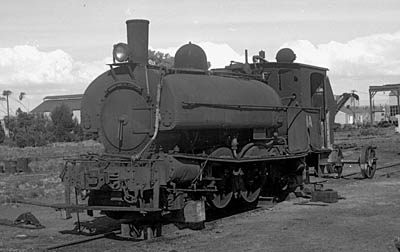
|
|
1A at Whyalla, January 1963.
Photo: Peter Bruce |
||
| 2 | Beyer, Peacock 2-6-2T. Built 1891 for BHP, Broken Hill. Worked on the SAR and on the Silverton Tramway before coming to Whyalla 23 Jul 1902. Withdrawn Apr 1962, displayed on Whyalla foreshore until 1983 when it was moved to Mount Laura Homestead. |
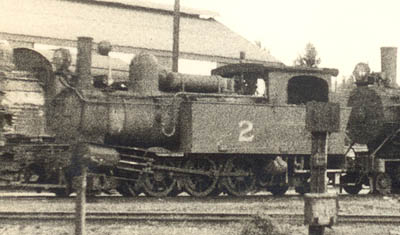
|
|
2 at Whyalla, circa 1960.
Photo: E.M.Isaacson |
||
| 3 | Beyer, Peacock 2-6-2T. Built 1890 for Silverton Tramway. To Sulphide Corp, 1901, bought by BHP for Whyalla in 1940, in service late 1941. Withdrawn May 1962. To Pichi Richi, Quorn, 1983. |
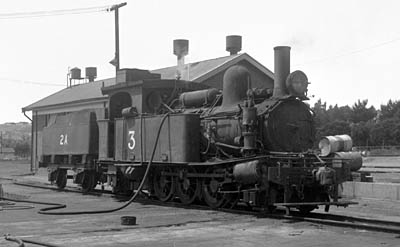
|
|
3 at Whyalla, January 1963.
Photo: Peter Bruce |
||
| 4 | Baldwin 4-6-0, built 1914. To Mile End Railway Museum (now National Railway Museum), Jun 1969. |
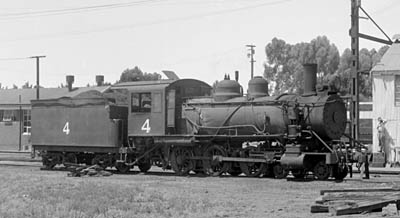
|
|
4 at Whyalla, January 1963.
Photo: Peter Bruce |
||
| 7 | Baldwin 2-8-2, built 1920 for BHP. Withdrawn 20 Jan 1959, scrapped Dec 1960. |
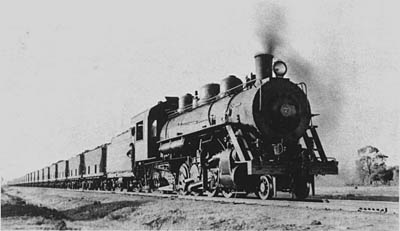
|
|
7 hauling an ore train.
Photo: Martin Thobaven Collection |
||
|
8
and 10 |
The extremes of steam power at Whyalla stand side-by-side.
No. 8: Baldwin 2-8-2, built 1927 for BHP. Condemned and scrapped 1958. No. 10: Baguley 0-4-0T, built 1922. To Australia 1926 for Murray River barrage construction. Bought by BHP, in service at Whyalla Jun 1943. Fitted with cab and funnel from (1st) 9. Withdrawn c.1945, scrapped 1957. |
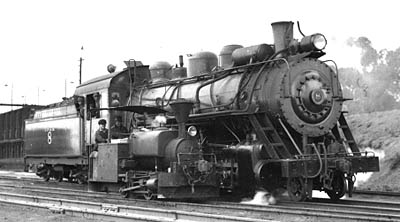
|
| Photo: Martin Thobaven Collection | ||
|
(1st)
9 |
Arnold Jung 0-4-0T. Built 1903, location unknown until 13 Dec 1911 when it arrived at Port Lincoln for use by Smith & Timms on construction of the Yeelanna - Minnipa Hill line. Returned to Adelaide 1912 for use on Willunga line construction. Location unknown from 1915 until bought by BHP in 1927. In service at Whyalla 27 Jul 1927.Withdrawn 22 Jun 1928, scrapped c.1943. Cab and funnel used to upgrade no. 10. |
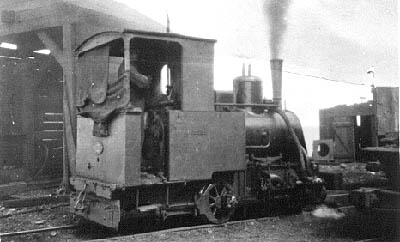
|
| Photo: Martin Thobaven Collection | ||
